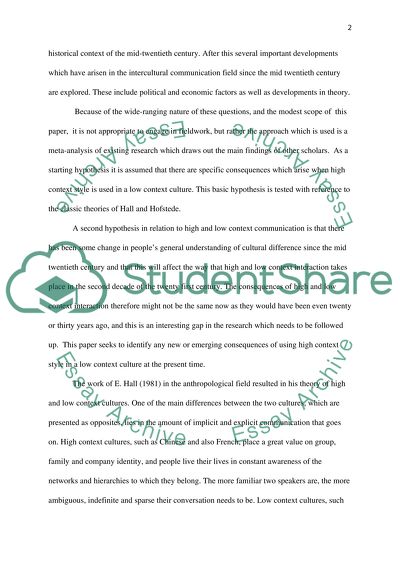Cite this document
(“The consequences of using high-context style in a low-context culture Essay”, n.d.)
Retrieved from https://studentshare.org/sociology/1394120-intercultural-perspectives-on-communication
Retrieved from https://studentshare.org/sociology/1394120-intercultural-perspectives-on-communication
(The Consequences of Using High-Context Style in a Low-Context Culture Essay)
https://studentshare.org/sociology/1394120-intercultural-perspectives-on-communication.
https://studentshare.org/sociology/1394120-intercultural-perspectives-on-communication.
“The Consequences of Using High-Context Style in a Low-Context Culture Essay”, n.d. https://studentshare.org/sociology/1394120-intercultural-perspectives-on-communication.


